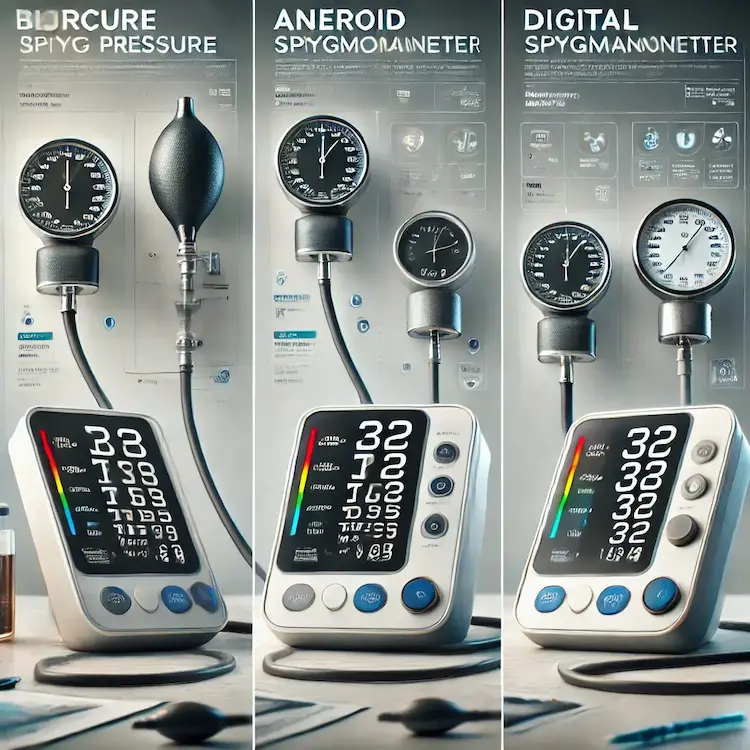High blood pressure (hypertension) is one of the leading causes of stroke, yet many people remain unaware of its dangers. A sphygmomanometer, commonly known as a blood pressure monitor, plays a crucial role in detecting and managing hypertension. Understanding the relationship between sphygmomanometer readings and can help individuals take proactive steps toward preventing life-threatening complications also it detect blood pressure and stroke risk.
This article explores the significance of blood pressure measurements in stroke prevention, the different types of sphygmomanometers, how to interpret readings, and strategies to reduce the risk of stroke.
Blood pressure is the force exerted by circulating blood on the walls of arteries. It is recorded in two numbers:
A normal blood pressure reading is around 120/80 mmHg. Anything above 130/80 mmHg is considered elevated and increases the risk of cardiovascular diseases, including stroke.
There are different types of sphygmomanometers used to measure blood pressure:
| Type | Features | Pros | Cons |
|---|---|---|---|
| Mercury Sphygmomanometer | Uses a mercury column for precise readings. | Highly accurate, no calibration needed. | Bulky, toxic risk from mercury, requires manual skills. |
| Aneroid Sphygmomanometer | Uses a dial gauge and a stethoscope. | Portable, affordable, and widely used in clinics. | Needs regular calibration, prone to mechanical errors. |
| Digital Sphygmomanometer | Automated, available as wrist or arm models. | Easy to use, convenient for home monitoring. | Can have slight inaccuracies, affected by movement. |
| Ambulatory Blood Pressure Monitor (ABPM) | Worn for 24 hours, provides continuous readings. | Captures real-life variations, best for diagnosis. | Expensive, and may be uncomfortable for long wear. |

Understanding blood pressure categories is vital for stroke prevention:
| Category | Systolic (mmHg) | Diastolic (mmHg) | Stroke Risk Level |
|---|---|---|---|
| Normal | <120 | <80 | Low |
| Elevated | 120–129 | <80 | Moderate |
| Hypertension Stage 1 | 130–139 | 80–89 | High |
| Hypertension Stage 2 | 140+ | 90+ | Very High |
| Hypertensive Crisis | 180+ | 120+ | Emergency |
People with hypertension stage 1 or higher should take immediate action to prevent strokes.
Maintaining healthy blood pressure significantly reduces stroke risk. Here are some key strategies:
Doctors may prescribe:
Act FAST if you notice:

| Method | Effectiveness | Best For |
|---|---|---|
| Lifestyle Changes | Highly effective long-term | Mild to moderate hypertension |
| Medication | Immediate reduction | Severe or persistent hypertension |
| Stress Management | Helps control spikes | Stress-related hypertension |
| Regular Monitoring | Prevents unnoticed spikes | Everyone, especially high-risk individuals |
Blood pressure readings from a sphygmomanometer provide critical insights into stroke risk. Consistently high readings signal the need for intervention through lifestyle changes, medication, and regular monitoring. By taking proactive measures, individuals can significantly reduce their chances of experiencing a stroke and improve overall heart health.